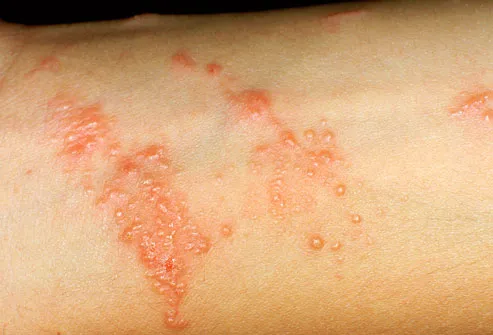People
mistake New Yorkers for not loving the great outdoors. They forget that the
Catskills are just a quick train/drive away and for us it’s the perfect getaway
weekend. The Hudson Valley/Catskills
offer hiking, camping and apple picking.
The warm weather makes leaf peaking this time of the year a true
treat. Golden yellows, brilliant orange
and vibrant reds fill the valleys and mountainscape. But if you have allergies, this type of
interaction with nature can be a bit of a perilous adventure. What's the best way to deal with allergies and hiking?
Here are a five tips to handle your allergies before you head out for your next big hike.
Use and Bring your Asthma Medication
- Any
experience hiker will tell you to always be prepared when you go hiking. Elevations can bring about dramatic
temperature changes and winds. If you
have asthma, the change in temperature and/or exercise required to climb the
mountain might trigger an attack.
- Pack your inhaler with you in your bag. Make sure you use it before you start your climb to prevent your lungs from getting tight. When you’re on the mountain, you might have limited resources to emergency care so prevention of symptoms is key.
Know What You Are Allergic To Before
You Head Out
- Get tested! Find allergy relief by knowing what you are allergic to so you can prepare and avoid it. About 5%
of Americans are allergic to molds. Common molds that cause problems are Alternaria. Aspergillus, Cladosporium, and Penicillium. The dirt and decomposing leaves are full of molds,
fungi, smuts, and rusts that might trigger you to have an allergy attack. As you hit the trail
you’ll potentially disturb these molds causing them to release spores into the
air that may cause you to have an allergy attack.
- If you are among those who are allergic to molds, speak with your allergist about developing a plan for treating acute symptoms. Toss in a few anti-histamines into your bag to stop acute symptoms.

- We forget that there are stinging
insects in the woods. Bees over live underground,
wasps and hornets build nests on fallen trees, and fire ants are on the ground.
If you have or suspect you are allergic to any of these insects, make sure you
pack your epi for your next hike.
- Love the outdoors, and allergic to stinging insects? Did you know that there's treatment for stinging insect allergy that's almost 99% effective? Talk to your allergist about getting treatment for insect allergy it can potentially save your life.

Don’t touch The Pines
- Many forget about delayed allergic reactions when they go hiking. There are many substances in the woods that can cause a rash up to 10 days after your home. This is called contact dermatitis.
- A sticky resin leaking from pine tree bark causes rashes in about 5% of the population. This is called colophony allergy. You can potentially exposure your
- About 5% of the population is sensitive to the sticky resin from pine trees known as colophony. This can cause a severe rash on your skin that might require your allergist’s attention.
Be Cautious of 3 Leafed Plants.
- In New York we have 3 main types of
plants that can causes severe contact dermatitis- poison ivy, poison oak and
poison sumac. All three have similar characteristics
and classically will have 3 leaves clustered together.
- Did you know that poison ivy loves to
grow in apple orchards? The vines climb wrap around the trunk of the tree. Bringing back fall foliage as a souvenir? Be careful there's not poison ivy or poison oak in your beautiful fall foliage mix. You'll typically find poison sumac, the least prevalent poisonous plant, in wet marshy areas. The reaction will typically take place several days later and be
characteristic of an itchy linear rash.
- Collecting fire wood for the bonfire? Don't burn the poison ivy. You will aerosolize, uroshiol, the chemical that causes the reaction, into the air allowing it to cover your body and enter your lungs.


Want to know what’s triggering your symptoms or need help with your next hike?
Gramercy Allergy , New York City's Top allergy offices, would love to help! Dr Collins brings over a decade of experience treating allergy and immunology. She's happy to solve the most difficult problems. Visit us anytime for more specific advice and to determine what is causing your symptoms. Book an appointment online here.




Thanks for your tips about how to go hiking with allergies, Jennifer. Our family grew up doing lots of outdoor activities: hiking, camping, hunting, and backpacking. You make a great point about making sure that you get tested by an allergy physician to know what you are allergic to before you head out. Knowing which types of pollen cause you the most trouble can help you plan outings where these plants are limited and when their pollen production is minimal. http://advanced-allergy.com
ReplyDelete